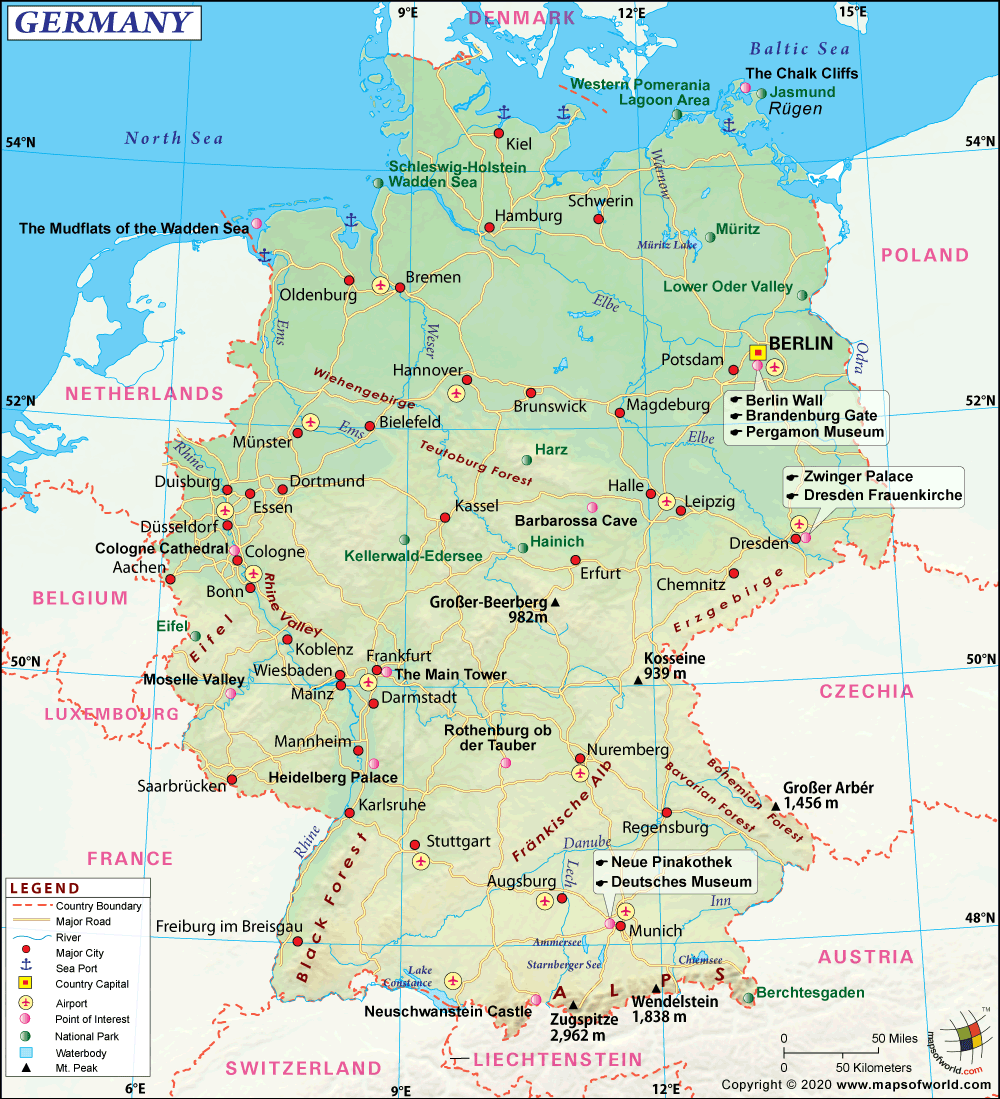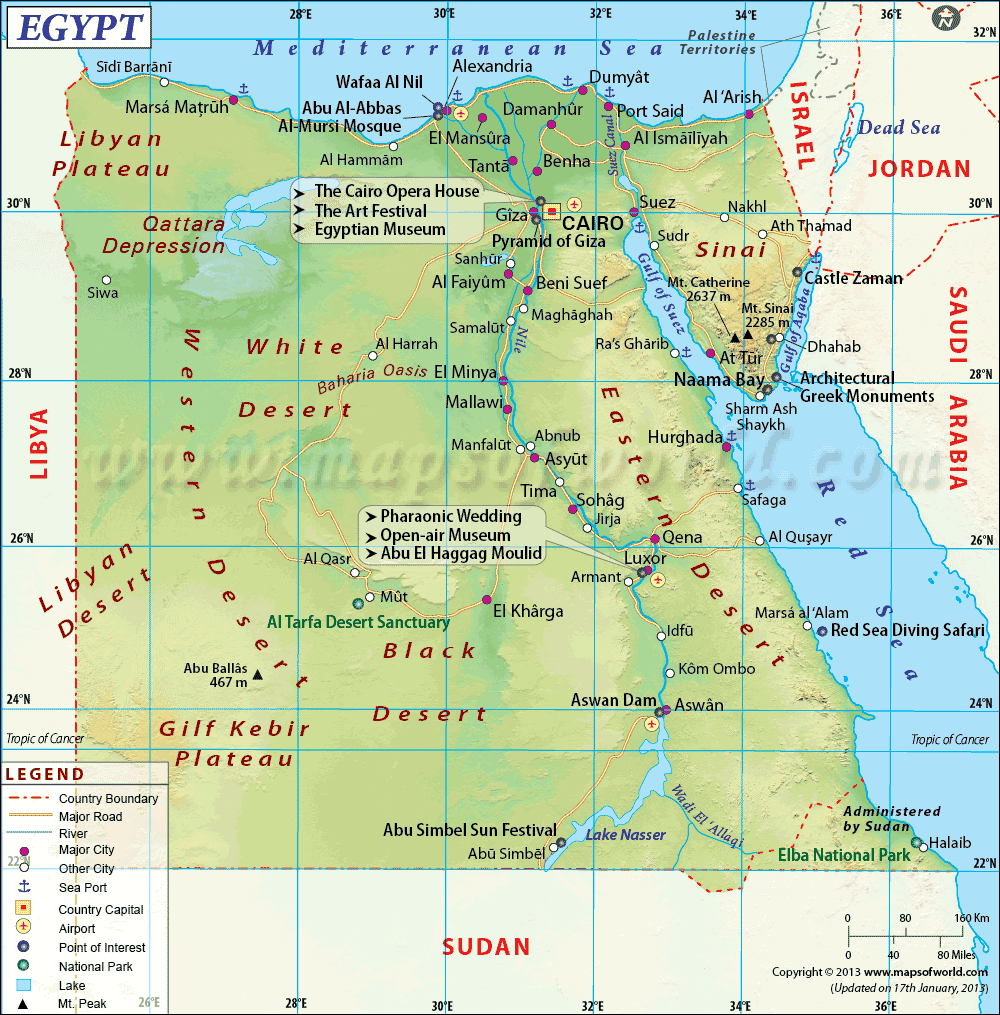How Did The Print Culture Evolve?

Print culture refers to the cultural transformation around the world, brought about through the gradual shift from oration to script from the ancient times to the present. Though printing began as a means of conveying royal edicts or official messages through carvings on stones, the invention of the printing press democratised the printing of information and facilitated widespread dissemination of ideas. And with printing becoming mainstream, word of mouth became insufficient, resulting in the mass production of printed documents.
Early Printing Techniques
The use of woodblock printing technique on paper by the Japanese, to produce multiple copies of the oldest dated book, Diamond Sutra, in 868 AD, is thought to have laid the foundation for the global print culture. Nonetheless, the history of printing dates back to 3000 BC where round cylinder seals were used by the Mesopotamians (present day Iraq) for transferring images onto clay tablets. In other societies, such as China and Egypt, small stamps were used to print on cloth or papyrus.
Meanwhile, during the Roman Empire, the first ever newspaper ‘Daily Acts` is believed to have appeared around 130 BC. Although the news in those days was carved on stone or metal, and not printed, it certainly was an important advancement, owing to the synonymous future of newspapers and prints in the following centuries.
Invention of Movable Printing Press
Bi Sheng, an alchemist, invented the first ever movable printing press around 1040 AD in China, developing type characters from hardened clay. This was certainly a revolution because, unlike before, it now made quick and mass production of texts possible. Nevertheless, this movable type was freely adopted by the Europeans, and finally Johannes Gutenberg’s invention of printing press in the 15th century paved the way for modern printing. In the 1450s, the Gutenberg Bible became the first ever book to have been commercially printed. By 1476 AD, the first printing press was established in England by William Caxton. Thus started the printing revolution.
Invention of Paper
The advancements in printing would not have been possible without the invention and mass manufacture of paper. Paper is believed to have been invented in ancient China. Earliest paper was made from pulp obtained by mixing tree barks, hemp and water, which was then flattened and dried in sunlight. By the 5th century, paper production had started in India too. Initially, China, India and West Asia were considered as the main suppliers of paper. Europe mostly bought its paper from Egypt to begin with, but once the paper- making technology reached Italy in the 13th century, it soon started supplying paper to the rest of the continent. The technology reached Germany a century later, and Gutenberg is credited with developing an oil- based ink that facilitated printing on paper using a metallic press.
Evolution of Offset Printing
Gradually, there was an increase in the literacy rate and people started adopting the resultant reading culture. In the 16th century, Aldus Manutius became the first printer to introduce smaller and portable books. In the mid-16th century, the Portuguese missionaries brought the first printing press to Goa, India. There was now a transition from movable type to print, wherein mass production became easier due to the usage of machines instead of the earlier hand-assembly. This then led to a significant and profitable growth journey for the print industry.
Even though the Englishman Robert Barclay had invented the first lithograph offset press in 1875 AD, the notable technological development came with Ira Washington Rubel’s accidental discovery of the first offset printing technique in the US. His technique used a rubber roller that transferred images from a printing plate to the substrate. This offset cylinder was used for printing on metals such as tin, and gave rise to the offset printing press.
How has Technology Impacted the Printing Culture?
The 20th century saw a new phase in the print culture, with large-scale possibility of pad printing, that can transfer 2-D images on to 3-D objects, such as toys, appliances, clothes, sporting equipment, and medicinal packaging, among others. Late 20th century also witnessed the rise of first ever laser printers, such as IBM 3800 and Xerox 9700. With this, the digital printing revolution took off in 1993, and Indigo E-Print 100 and Xeikon DCP-1 came on board. In this way, the last few decades have witnessed an increase in versatility, speed and quality in the printing industry, aided by technological advancements and automation.
Related Links:



